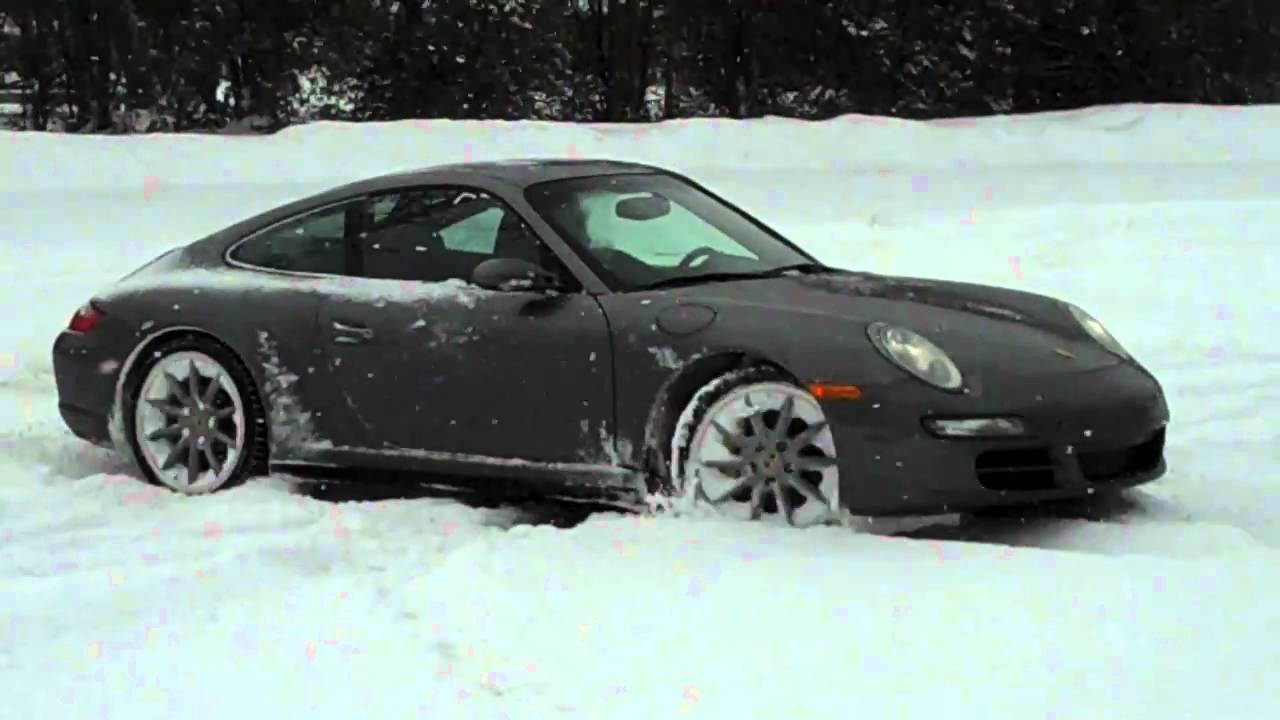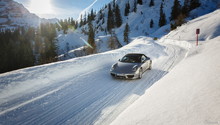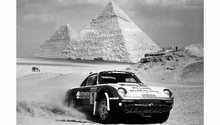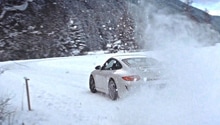Porsche 997: Carrera2 and Carrera4 in the Snow
Prepare and outfit your 911 properly and there's no reason you can't drive it on snow and ice. Of course, the higher the snow, the more likely you'll get stuck, but you shouldn't worry about staying safe while driving your 911 during the winter.
This article applies to the Porsche 911 (997) (2005-2012).
The 911’s rear-engine design means a lot of weight sits on or behind the rear wheels. This weight means your rear tires will grip, even on snow and ice. This, along with a set of quality snow tires (e.g., 3mm studded tires), will keep your RWD Carrera 2 going even during the harshest winter conditions, and the AWD Carrera 4 will handle even better with a grip that one Porsche owner described as “extraordinary.” So, both cars are capable, but which should you choose?
RWD vs. AWD
Generally, vehicles with AWD grip snow-covered roads in winter better than vehicles with RWD. In vehicles with an AWD system, the car does most of the work and doesn’t need you to route power to wheels that get or have the most traction. The AWD system in the Carrera 4 sends at least five percent of power to the front wheels and can send up to 40 percent of power to the front wheels when or if the rear wheels slip. Since the Porsche Traction Management (PTM) and traction-control systems activate when rear wheels slip, you may want to switch them off if you think you’ll need AWD traction. With the RWD Carrera 2, your rear wheels get all of the power, which can leave your ride fishtailing.

The RWD Carrera 2 and the AWD Carrera 4 both respond well during situations where you may drift, such as when driving on ice, but the AWD Carrera 4 performs better. Its PTM allocates torque to the wheels that need it, and works in tandem with the car’s brake-based torque vectoring. In an oversteer situation, step off the brake (if you’ve engaged it), steer into the skid (the direction in which the rear tires are sliding), recover by adding throttle, which will transfer weigh to the rear wheels and help your car regain traction, and drive in the direction you want to go. In an understeer situation, step off the throttle and brake, reduce the steering angle until the front tires can again grip, and help the car turn where you want to go. This should help you regain traction.

Tires
If you live in a temperate climate, then you can likely get away with using all-season tires, but if you think you may end up driving in snow, then you should install snow tires. At its Winter Driving Experience, Porsche outfits its cars with 3mm studded tires, but you don’t need to go that route. Your mechanic, dealer, or even attendant at most auto parts stores can recommend winter tires for you. Installing winter tires has the added benefits of protecting your regular tires from potholes and running over snow-covered curbs, two common winter problems no matter the car you’re driving.
(Related Article: Porsche 997: Winter Tire Reviews - Rennlist.com)

Other Considerations
- Regardless of the 911 model you’re in, the deeper the snow, the more problems you’ll have because of your car’s low-ground clearance. You risk getting stuck if you’re driving through any more than five inches or so of snow.
- Ignore anyone who tells you that driving during the winter, especially over roads treated with salt, will damage your car and reduce its lifespan. Porsches are fully galvanized, which helps protect against salt and rust.
- Check and change your fluids, especially your anti-freeze. Some Porsche owners recommend flushing and cleaning the coolant system and refilling it with fresh antifreeze before the first big snowfall of the year. Don’t forget your windshield washer fluid; you wouldn't want to get caught with an empty reservoir or a mix that freezes on you.
Common Questions
Do I need winter tires?
Yes, especially if you think you'll drive in or through snow. All-season tires will be enough if you live somewhere that gets cold but doesn't snow.
Will snow and ice damage my car?
It could, but not because of anything structurally wrong with your car. Porsches are fully galvanized.
Related Discussions and Site
- Is the Carrera 4 Much Better Than the Carrera 2 in the Winter? - Rennlist.com
- C4S in the Snow - Rennlist.com
- C2 vs. C4 in the Snow - Rennlist.com
- Porsche Winter Driving Experience - MotorTrend.com






